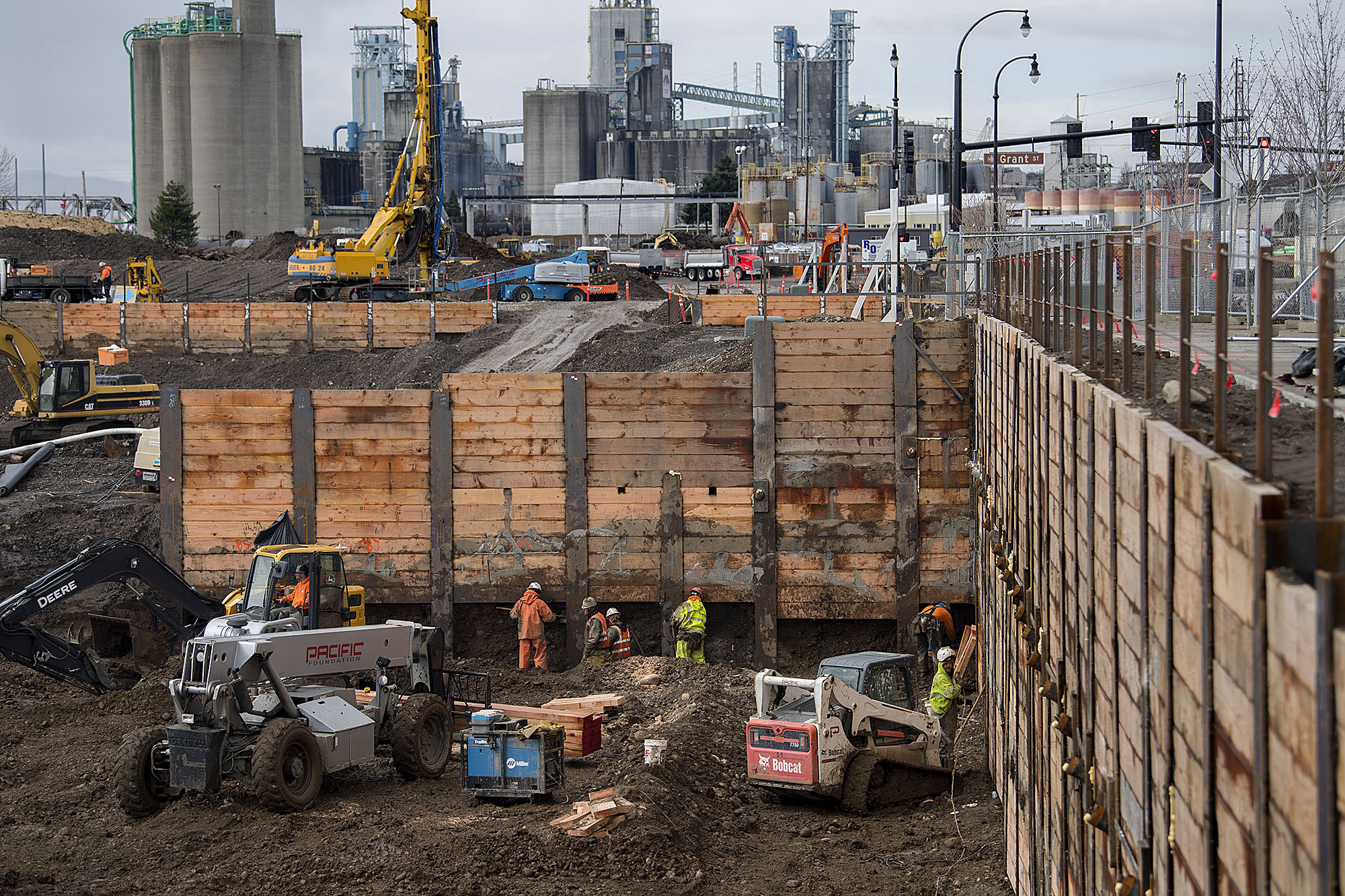Job growth in Clark County remains strong, but it has slowed a little more than previously expected, according to the latest labor report from the Washington Employment Security Department.
Economists had predicted 4.5 percent year-over-year growth for January, but regional economists Scott Bailey said the official number released Tuesday — 3.4 percent growth — falls short of that forecast.
The slowdown is expected at this point in the economic cycle, he said. High levels of employment lead to higher labor costs, which ultimately leads employers to invest less on expansion, he said.
“We’re getting close to full employment. Wage growth is picking up. I think it’s just that part of the cycle,” said Bailey, who analyzes Clark, Cowlitz, Klickitat, Skamania and Wahkiakum counties for the state agency.
Clark County’s year-over-year job growth rate is still higher than those of nearby Southwest Washington counties and the rest of the Portland metro area. Job growth in the metro area fell below 2 percent for the first time in four years, the Oregon Employment Department said last week.
Nationwide, the job growth rate is 1.6 percent. Statewide, it is 2.7 percent.
The findings are included in Bailey’s latest Labor Market Summary, a county-level look at jobs that is released every month by the state employment agency.
The report also shows 3,000 more workers entered or re-entered the workforce since January 2016. Despite this increase, the unemployment rate for the first month of 2017 — 6.4 percent — is a hair lower than the 6.6 percent of January 2016.
From December to January, some industries dropped employees thanks to seasonal trends. The retail sector dropped 700 jobs, largely due to seasonal layoffs after the holiday shopping season.
The construction, transportation, business services, and leisure and hospitality industries each dropped 200 seasonal jobs, the report said.
Year-over-year, though, those sectors each grew. Construction has added 1,100 jobs, leisure and hospitality added another 900 jobs, and financial services added 400 jobs.




